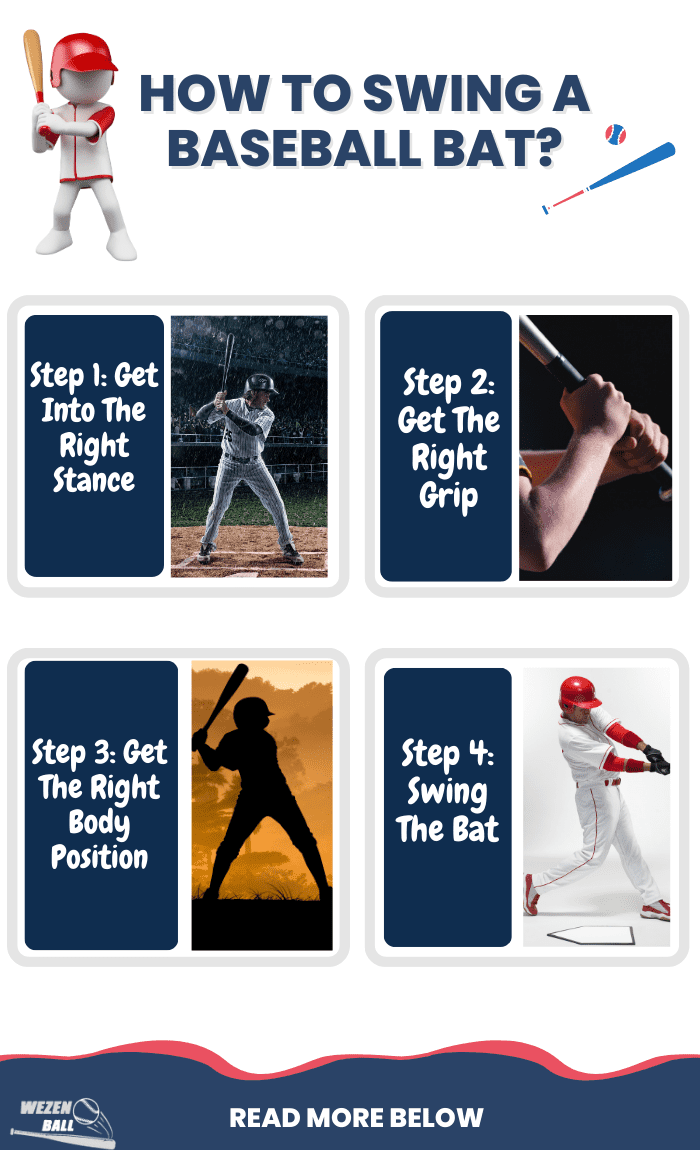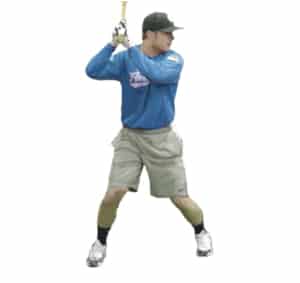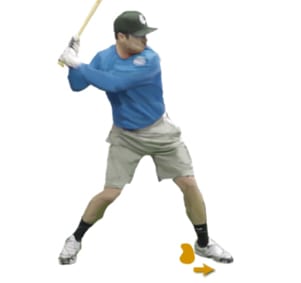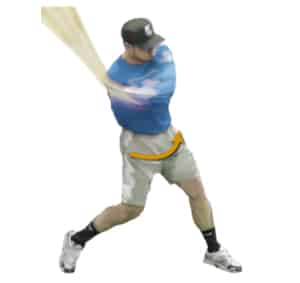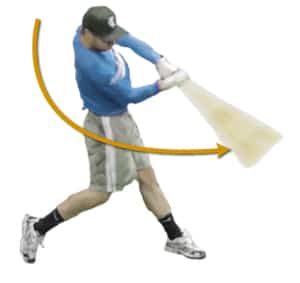Baseball is a popular sport, regardless of age and gender. It is entertaining and keeps players active. If you have time, consider picking up baseball as a hobby. Who knows, you may even adopt it as a life-long career.
When learning how to play baseball, it is important to know how to swing a baseball bat. It is easier said than done, but with the help of this article featuring an in-depth and step-by-step guide, you should be able to master batting swings in no time.
In short, to swing a baseball bat correctly and effectively, you will need to:
- Step 1: Get Into The Right Stance
- Step 2: Get The Right Grip
- Step 3: Get The Right Body Position
- Step 4: Swing
Needless to say, there is more to know for each step. So, for the elaborated details, read on!
Contents
4 Easy Steps to Swing a Baseball Bat
We have curated the steps to make batting easier and to help you become a confident hitter. Therefore, read and follow the steps closely!
What You Will Need to Prepare
You will just need a good playing field and your baseball bat. It helps to have a pitcher to practice with you. Also, while you are at it, pack some patience.
Step 1: Get Into The Right Stance
Start by lining your feet and legs shoulder-width apart. Do this by imagining a straight line that runs up between them. Your feet should be parallel to one another and align with your shoulders. Then, position your front foot forward, about five to seven inches towards the pitcher. This will make sure that you have a good balance. If you go wider or narrower, it will throw off your balance and hinder your ability to make a neat swing.
Once you have pinpointed the appropriate position, plant your foot in the ground and shift weight to your back foot. In other words, rest on the balls of your feet. This way, you can respond and move quickly.
If you are right-handed, your left side should be facing the pitcher and vice versa. Point your head in the direction of the incoming ball. At the same time, your toes and chest should be towards the home plate.
Next, bend your knees but avoid crouching too low. Leave a good amount of spring in your hips and knees. Also, do not lean your upper body too far or stick your butt out too much. While doing all of this, do not forget to stay within the batter box.
This is the basic stance that a beginner should be able to do. However, when you advance into higher levels, there are other stances that you can attempt. In detail, there is the open stance, where your leading foot is slightly open. Then, there is the close stance, where your front foot is closer to home than your back foot. When you know how to execute all stances, you are free to choose the one that you are most comfortable with.
Step 2: Get The Right Grip
Now, focus on handling the bat correctly. Extend your arms while holding the bat parallel to the ground. The bat should appear to cover the plate when your arms are outstretched.
Your grip should be near the base. If it is too high up the handle of the bat, you can blunt your swing. Place your dominant hand above the other, while keeping both aligned and touching. The best way to check this is to see if the joints of your bottom hand are lined up with the knuckles on your top hand. Also, make sure that your fingers are wrapped around the bat with just enough pressure.
Lift the bat over your shoulder and have it point upwards at an angle around or slightly over 45 degrees. Do not lay it flat across your bat. It should levitate and hover, ready to swing. Be sure that it is not touching your back or neck as well.
Step 3: Get The Right Body Position
In this step, maintain your body in a linear stance. Everything should be aligned: shoulders, hips, knees, and toes. Another way to check if you have the right position is by envisioning your figure as a rigid rectangle.
Lift your chin up a bit toward the mound. This levels your eye with the pitcher. It will also help you keep close watch of the ball at all times. You may have to tilt your head slightly, so long as both of your eyes are on the pitcher and ready to follow the path of the ball coming from the pitcher’s glove.
In addition, you want a straight line from the back of your elbow to your shoulder. It should be parallel to the ground. This means that your elbows are out. Check that your hands are at the same level as your chest and while the bat is raised up and diagonally behind your head. With that, you are ready to make your swing.
Step 4: Swing The Bat
Leading up to your swing, take a step back to increase your momentum. Do this as soon as the ball flies from the pitcher. Your step should be very small, about 2 to 3 inches. It should also not deviate from your previous alignment. Otherwise, you will lose the tightness and power of your strike. Also, do not do this too quickly and lose balance. It should be a sharp but quick and short step.
Rotate your hips in one quick motion to swivel and strike the ball with your bat. Turn counterclockwise if you are right-handed and clockwise if you are left-handed. This is a critical step to execute. The power fueling your swing should be from the hips, not your shoulders. A lot of players strain their muscles and become injured because they make this mistake. While hitting, keep your body upright so that you do not lose balance and hit bluntly.
Just before your bat makes contact with the ball, uncoil your body like a spring. Your ending position will be with the turning of the shoulders to hit the ball. Hence, the swing will start from the bottom up. To complete the hit, follow through with the bat. It should extend over your opposite shoulder.
Your upper body, at this point, will face the pitcher. This final follow-through step is incredibly important. It delivers the bulk of the rotation momentum, which is responsible for sending your ball through the field with power.
You can keep both hands on the bat while following through, or release the top hand. Just choose the method that is more comfortable for you.
With that, you have gotten the four main steps to master baseball hitting.
Commit to hitting drills and practice a lot to perfect your swinging and movement. Do not expect to get it right the first time. Remember: practice makes perfect. The best batters are those who have invested time and effort into practicing.
Before we leave you with the closing remarks, here are the top four mistakes that hitters make. Keep these in mind to properly swing a bat:
- Lifting the front heel up in the air
- Going into a too-wide stance
- Gripping the bat too high up the handle
- Not holding the bat over the shoulder
Conclusion
So, you have reached the end of this article on how to swing a baseball bat. To recap, there are four steps that you need to take to hit a baseball.
Hopefully, it was easy to follow. Were you able to try these steps out yourself? How did it go? Share your experience with us in the comments. We advise you to bookmark or save this article so that you can refer back to it whenever you need to.
If you have any other follow-up questions or thoughts on this topic, feel free to let us know in the comments. We are always super excited to hear from our readers. So, do not hesitate. Also, you are welcome to share this article with your family, friends, or fellow baseball mates.

Five years as a baseball player, my training approaches with this game give me the motivation to inspire and support young players more. Like all sports, we should start with the desire to have fun and maintain our resilience to strive better at any competition. But, of course, some of us want to have some fun and train for better health. It does not matter what your initial purpose is; I believe that most people ever holding on to the baseball bat will fall in love with the games as I do.




